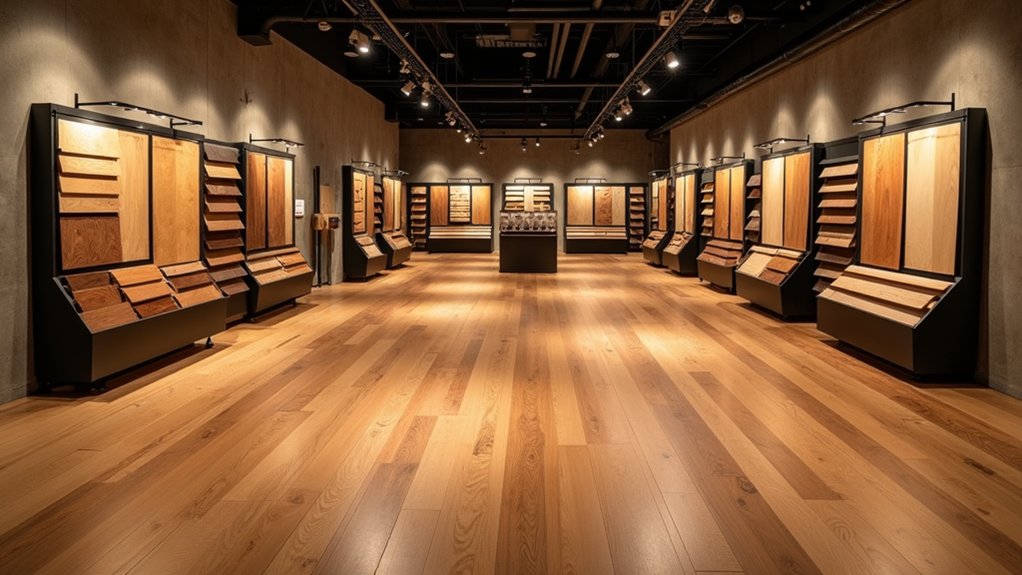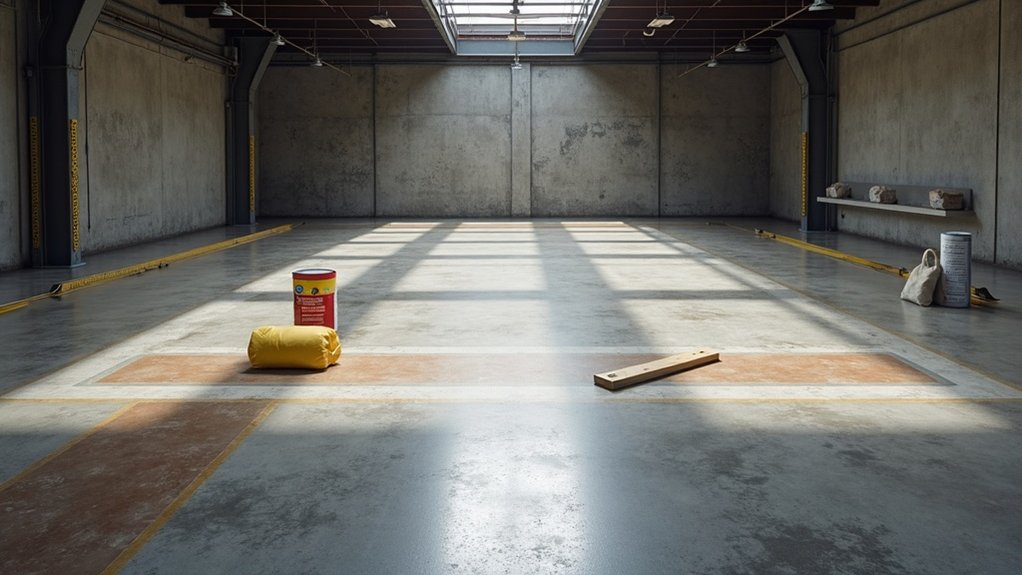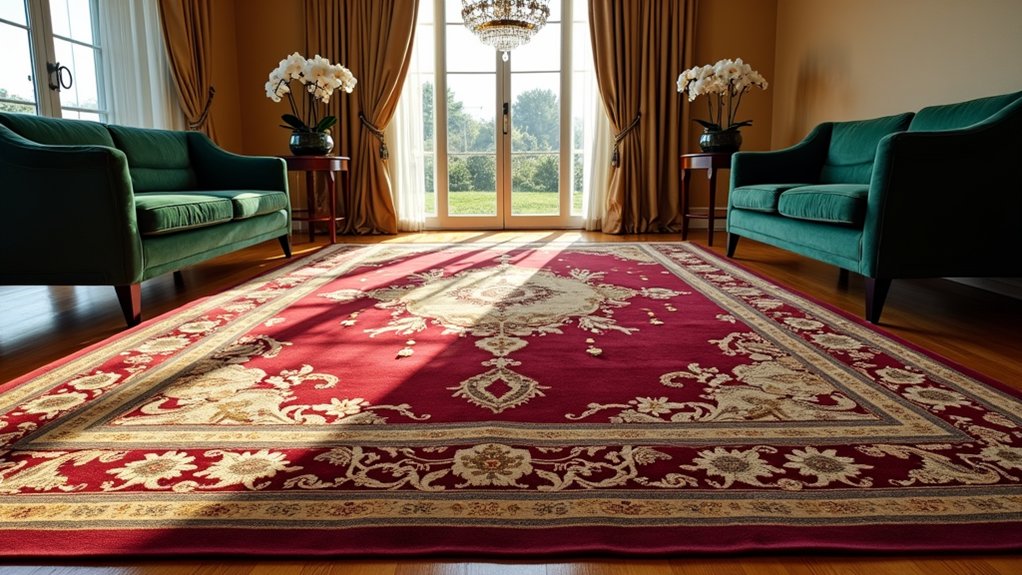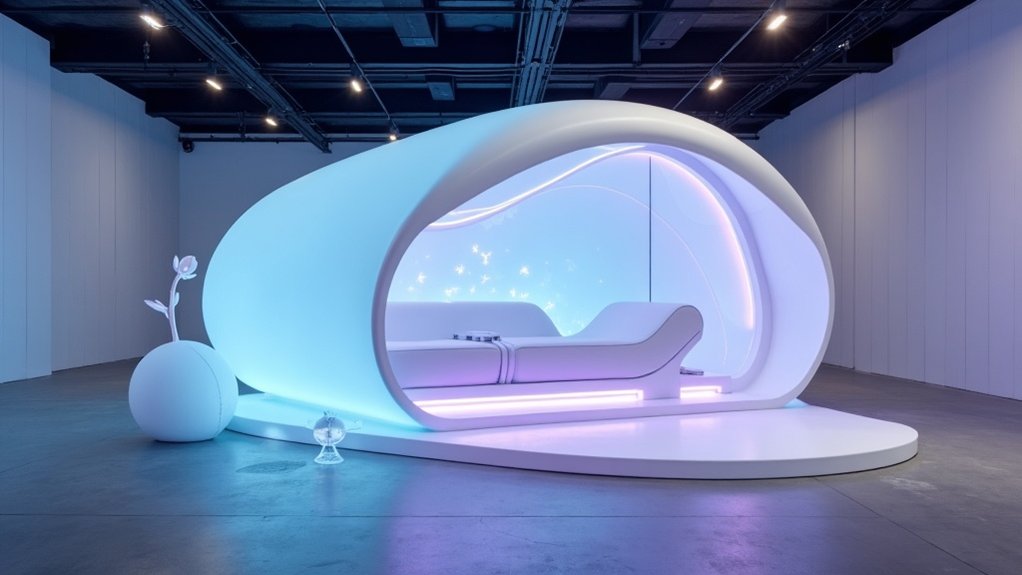Transformation defines the global commercial flooring market as it surges toward an anticipated valuation of USD 195.40-210.37 billion by 2030, propelled by unprecedented urbanization and industrial expansion across developing economies. From its current position at approximately USD 137.61-141.02 billion in 2022, the market demonstrates remarkable resilience with projected compound annual growth rates ranging between 4.7% and 5.17% through the decade.
Asia Pacific commands the largest market share, where rapid urban development creates insatiable demand for commercial flooring solutions. Manufacturing hubs in India, Taiwan, and Mexico expand their footprints, requiring sophisticated flooring systems that balance durability with aesthetic appeal. Healthcare facilities, educational institutions, and corporate offices emerge as primary growth drivers, each demanding specialized flooring solutions tailored to their unique operational requirements.
Asia Pacific’s rapid urbanization fuels unprecedented demand for sophisticated commercial flooring solutions across manufacturing hubs and institutional facilities.
Government infrastructure investments catalyze market expansion, particularly in non-residential and public sectors. Smart city projects and megacity developments across Asia amplify demand for high-performance flooring materials. The resilient flooring segment gains particular traction owing to its superior durability and reduced maintenance requirements, making it increasingly attractive for high-traffic commercial environments. This segment alone is projected to reach USD 65.29 million by 2030, growing at an impressive 7.4% CAGR.
Environmental consciousness reshapes industry dynamics as sustainable building materials become non-negotiable for modern commercial projects. Leading companies including Nora, LG Hausys, and Milliken invest heavily in research and development to meet stringent environmental regulations while delivering eco-certified products. This green revolution challenges manufacturers to innovate beyond traditional materials, creating flooring solutions that satisfy both performance metrics and sustainability goals.
Market fragmentation intensifies competition, with international giants and regional players vying for market share through strategic mergers, acquisitions, and product launches. Raw material price volatility poses significant challenges, forcing manufacturers to optimize supply chains and production processes. The pandemic’s disruption highlighted supply chain vulnerabilities, prompting industry-wide reassessments of operational strategies. The soft covering segment maintains dominance in the healthcare sector, where antimicrobial properties and ease of maintenance prove essential for patient care environments.
Latin America and the Middle East-Africa regions present untapped opportunities, driven by ambitious infrastructure initiatives and urban migration patterns. As commercial construction accelerates globally, the flooring industry stands poised to capitalize on this growth trajectory, transforming spaces where millions work, learn, and receive healthcare services daily.









